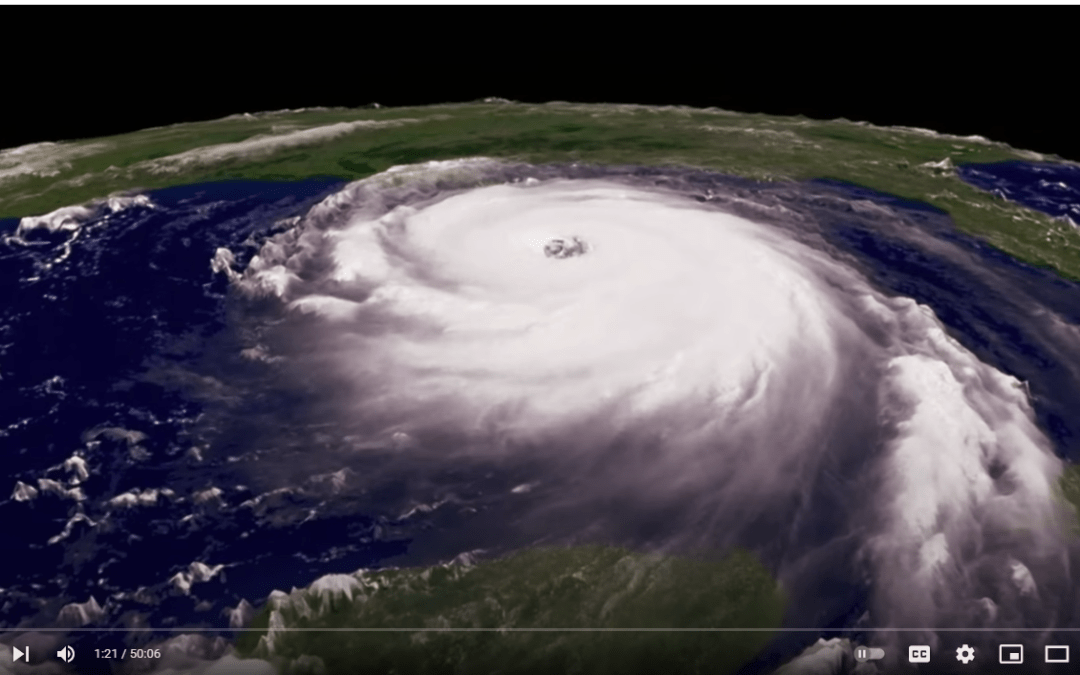
Improving Quality of Life in Florida: Understanding Health & Environmental Challenges
Welcome to Florida Locator
Florida Locator is a dedicated resource designed to support the diverse population of Florida by addressing health and environmental challenges that affect the community. In a state known for its beautiful beaches and vibrant lifestyle, residents often encounter unique health concerns that stem from both climatic conditions and regional lifestyle choices. The mission of Florida Locator is to raise awareness of these issues, empowering individuals to take proactive steps toward maintaining their health and well-being.
The website serves as a comprehensive platform providing valuable information on common diseases and conditions prevalent in Florida. In particular, it highlights the implications of the state’s tropical climate, including heat-related illnesses and vector-borne diseases. Furthermore, Florida Locator emphasizes the effects of humidity and seasonal changes on respiratory conditions, allergies, and other health issues that may arise during specific times of the year. By understanding these risks, residents can be better equipped to avoid complications and seek timely medical intervention when necessary.
Additionally, Florida Locator recognizes the impact of environmental challenges on health, such as hurricanes and flooding, which can lead to long-term psychological effects and health crises. The site aims to educate the public about preparedness strategies that can mitigate these challenges. By fostering a sense of community and shared responsibility, Florida Locator encourages Floridians to remain informed about both health concerns and environmental factors that shape their quality of life.
Through its commitment to providing credible information and resources, Florida Locator stands as an essential tool for Floridians to navigate their health journeys, creating a foundation for informed choices that ultimately lead to improved health outcomes.
Health Concerns and Prevention Strategies
Florida’s unique climate and environment present a range of health concerns that residents must address to improve their overall quality of life. Among the most prevalent issues are allergies exacerbated by pollen from various vegetation, heat-related illnesses due to extreme temperatures, and diseases transmitted by vectors such as mosquitoes, including Zika and West Nile Virus. Understanding these health challenges is crucial for effective prevention and management.
Allergic reactions can significantly impact daily activities, with symptoms ranging from sneezing and congestion to respiratory problems. To mitigate these effects, residents should be proactive. Regular cleaning of homes, using air purifiers, and keeping windows closed during high pollen seasons can help reduce exposure. Keeping track of local pollen counts through weather apps can also assist individuals in planning outdoor activities more effectively.
The heat in Florida can lead to illnesses such as heat exhaustion and heat stroke, especially among vulnerable populations. Frequent hydration, wearing light clothing, and avoiding strenuous outdoor activities during the hottest parts of the day are essential strategies. Moreover, outdoor workers should implement regular breaks in shaded or air-conditioned environments to minimize risks related to prolonged sun exposure.
In terms of vector-borne diseases, measures such as routine vaccinations and health screenings play a critical role in prevention. The Florida Department of Health regularly provides updates and vaccinations against diseases like Zika and West Nile Virus, highlighting the importance of staying informed. Residents should also consider environmental control measures, such as eliminating standing water around their homes to reduce mosquito breeding sites.
Adopting lifestyle changes focused on nutrition, exercise, and regular medical check-ups can further enhance health outcomes. Individuals are encouraged to consult healthcare professionals for tailored advice on vaccinations and seasonal precautions. Taking these preventive steps empowers Floridians to navigate their health landscape more effectively, thereby fostering a healthier community.
Understanding Local Climate and Its Effects on Health
Florida is characterized by its subtropical climate, which offers warm temperatures and ample sunshine throughout the year. However, this unique weather pattern also brings about specific environmental challenges that can significantly impact the health of its residents. The state experiences extreme heat, especially during the summer months, which can lead to heat-related illnesses such as heat exhaustion and heat stroke. Vulnerable populations, including the elderly and those with pre-existing health conditions, are particularly at risk during these periods.
Moreover, Florida is prone to severe weather events, including hurricanes and heavy rainfall. Such phenomena can result in flooding, which poses risks not only through physical injury but also through the spread of waterborne diseases. After flooding, standing water can harbor bacteria and parasites, leading to gastrointestinal illnesses and other health issues. It is essential for Florida residents to remain vigilant during hurricane season, taking proactive measures to prepare for potential evacuations and ensuring that emergency supplies are readily available.
The increasing frequency of climate-related challenges necessitates awareness of the mental health consequences as well. Disasters and extreme weather events can induce anxiety, depression, and post-traumatic stress disorder (PTSD) among affected individuals. It is vital for communities to offer support systems to help residents cope with the psychological effects of such traumatic events.
To safeguard health while adapting to Florida’s evolving climate, residents should adopt preventative strategies. This includes staying informed about weather forecasts, recognizing early signs of heat-related illnesses, and knowing how to respond to emergencies effectively. By prioritizing preparedness and enhancing awareness, Floridians can better protect their physical and mental well-being in light of the state’s climate challenges.
Resources and Support Programs Available to Floridians
Florida, known for its vibrant communities and diverse population, offers various resources and support programs aimed at improving the quality of life for its residents. These initiatives are designed to assist individuals facing health challenges, promote recovery, and foster overall well-being. Accessing the right support can make a significant difference in managing health issues and enhancing resilience.
One notable resource is the Florida Department of Health, which provides comprehensive services addressing various health concerns. This department focuses on preventive measures, health education, and direct services ranging from immunizations to mental health support. Through community health programs, residents can gain access to vital information and resources that help them manage their health more effectively.
Moreover, local health departments across Florida frequently offer educational programs. These programs are tailored to address specific health issues, such as chronic disease management, nutrition, and substance abuse prevention. By engaging in these educational initiatives, individuals can empower themselves with knowledge and skills to improve their health outcomes.
In addition to governmental resources, non-profit organizations play a critical role in supporting Floridians. Groups like the American Heart Association and the Mental Health Association provide resources tailored to specific populations. These organizations often offer counseling services, wellness workshops, and community support groups that foster peer interaction, essential for recovery and mental well-being.
Furthermore, Florida’s communities benefit from various recovery programs aimed at assisting individuals struggling with addiction or mental health challenges. Programs such as Alcoholics Anonymous and Narcotics Anonymous have several local chapters, allowing individuals to find support in their neighborhoods. These peer-led groups emphasize shared experiences and collective healing, creating a strong support network within the community.
Overall, the diverse array of resources and programs available in Florida empowers residents to take charge of their health and quality of life. By actively seeking assistance and engaging with local initiatives, individuals can navigate health challenges more effectively and build a supportive community network.

